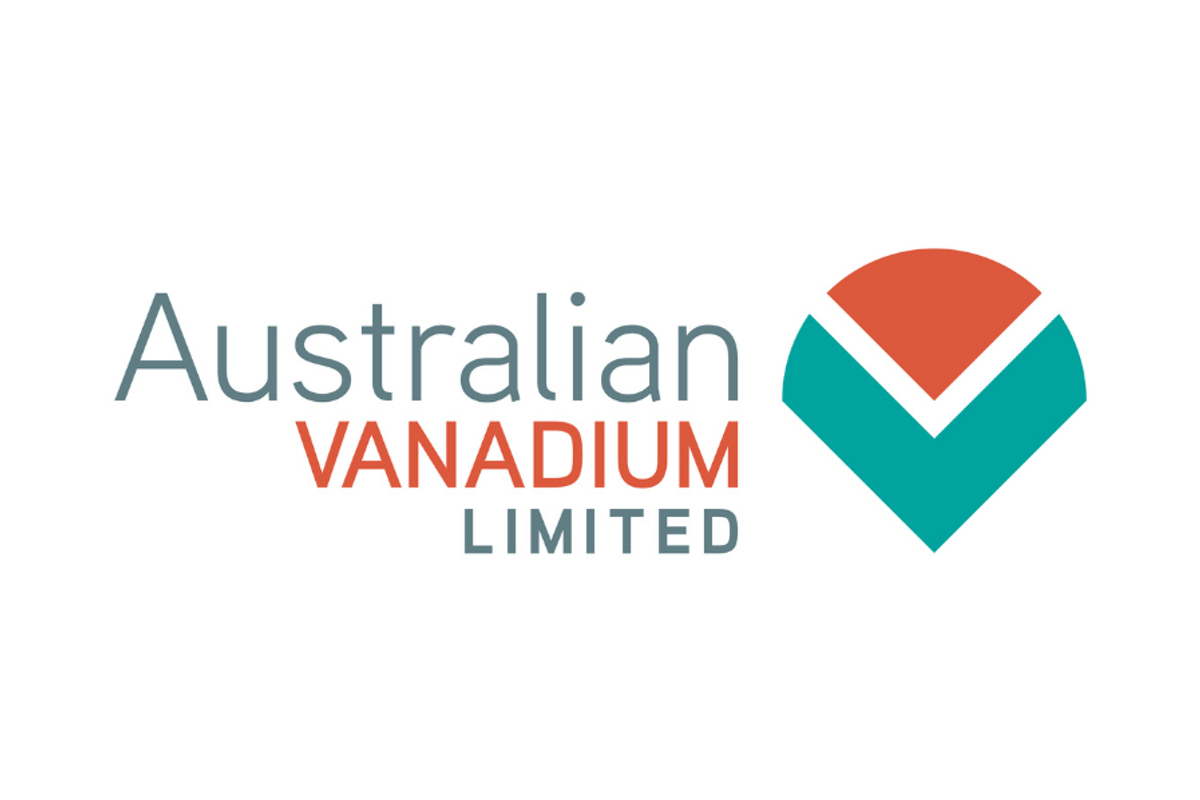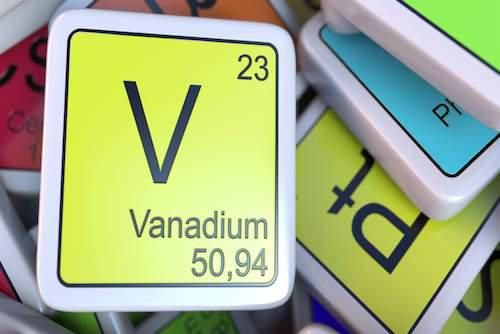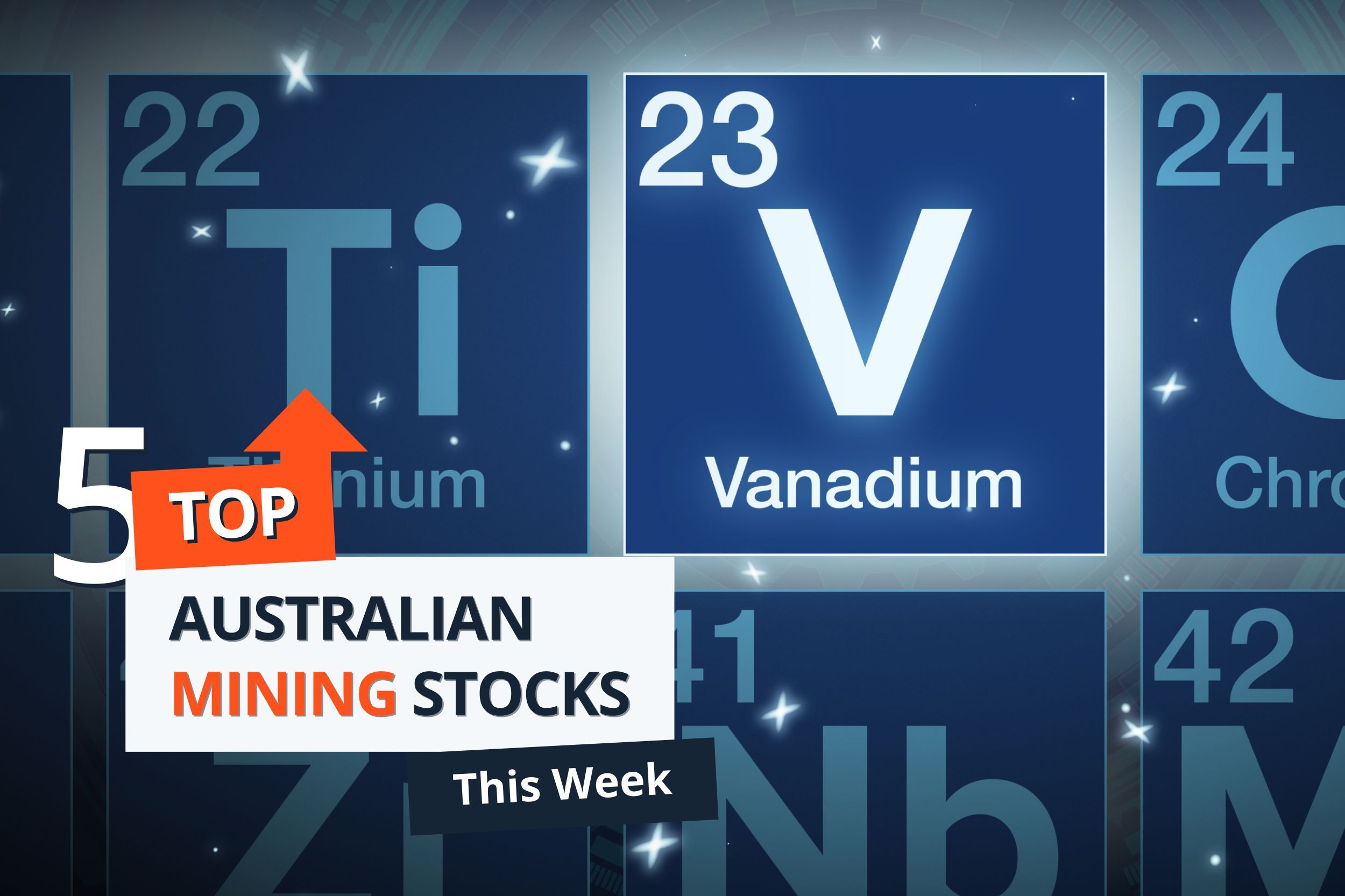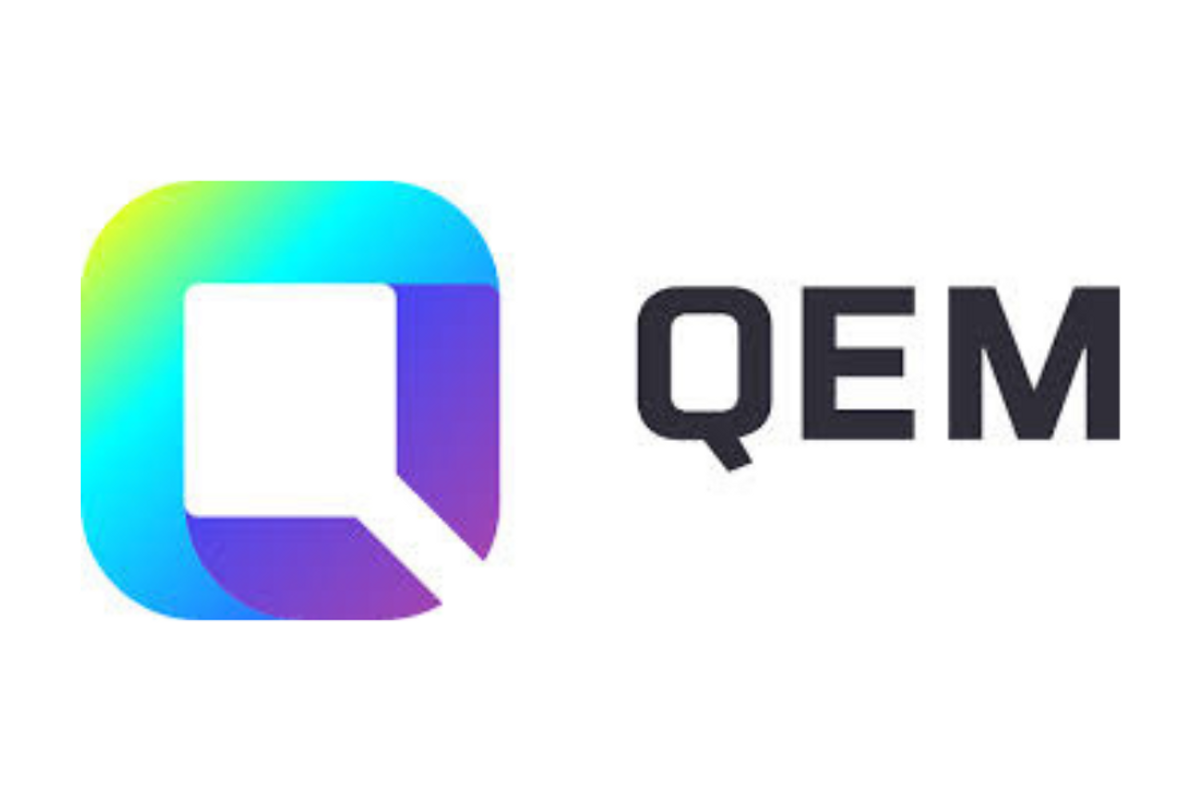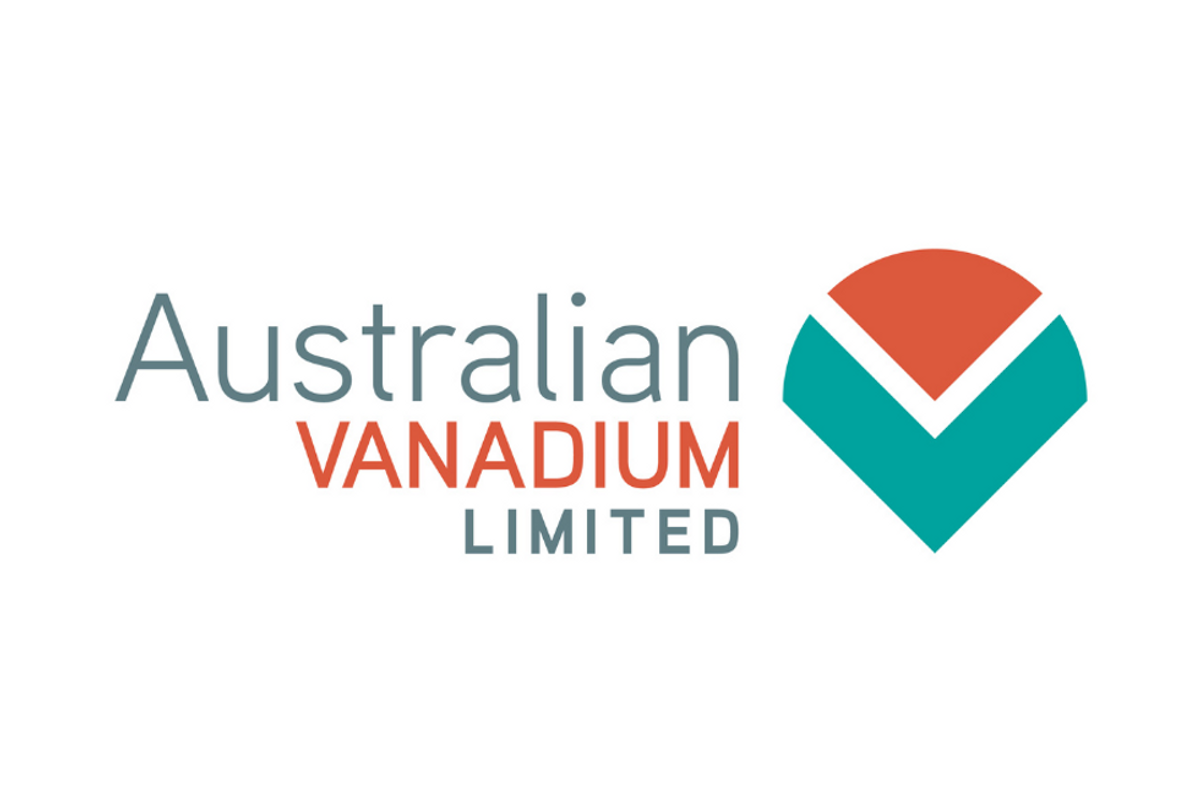
August 14, 2023
Long lead time items received and EPC contract awarded
Australian Vanadium Limited (ASX: AVL, “the Company” or “AVL”) has appointed engineering group Primero Group Limited (a subsidiary of NRW Holdings, ASX: NWH), to construct its vanadium electrolyte manufacturing facility in Western Australia. Most long lead items have now been received.
KEY POINTS
- Construction is underway at AVL’s vanadium electrolyte facility in Western Australia.
- AVL and Primero Group have signed an engineering, procurement and construction (EPC) contract for Primero Group to undertake the construction of the facility.
- U.S. Vanadium LLC (USV) proven electrolyte manufacturing technology being deployed, de-risking construction and start-up.1
- Facility designed to produce up to 33MWh per year of vanadium flow battery (VFB) high purity electrolyte.
- Australian Government grant of $3.69 million co-funding commercial vanadium electrolyte facility development.2
The Company has appointed experienced operations professional Simon Rough to safely manage the facility through construction and into production. Simon’s extensive experience in vanadium processing and sulphuric acid production makes him a perfect fit to lead the team to successful production of high-quality electrolyte.
CEO, Graham Arvidson comments, “It is satisfying to see the progress being achieved by the team as AVL’s vanadium electrolyte manufacturing plant starts to take shape. Using USV’s proven electrolyte manufacturing technology, AVL aims to become a trusted supplier of vanadium electrolyte within Australia and beyond. We are pleased to have welcomed Simon onboard to manage the facility and work with the existing team, utilising in house electrolyte knowledge and relationships that have been built with companies such as USV and VFB manufacturers. The implementation of the electrolyte plant provides an ideal opportunity for AVL to put into practice, test and further mature its systems, processes and management systems that will ultimately underpin the larger Australian Vanadium Project.”

Simon Rough has 20 years of processing and operational experience. He has safely led high performing teams in hydro and pyrometallurgical operations, vanadium processing and sulphuric acid production.
AVL holds the exclusive licence of USV’s process technology for manufacturing vanadium electrolyte for Australia and New Zealand.1 This technology has been used for the design of the vanadium electrolyte manufacturing facility which is being built in the northern Perth suburb of Wangara. Partnering with Primero Group, AVL has developed the facility design to comply with Australian standards and requirements.
Until production of vanadium oxides from AVL’s Midwest Processing Hub commences, vanadium oxide feedstock for the electrolyte facility will be sourced through AVL’s agreement with USV and third-party sources.
AVL was awarded a $3.69 million Federal Government grant in 2021,2 with part of the funding allocated to building and operating a commercial vanadium electrolyte manufacturing facility in Western Australia, to support the commercialisation of VFBs.
AVL aims to produce vanadium electrolyte for commercial use in VFBs by November 2023 and is working on offtake agreements for the produced product.
Click here for the full ASX Release
This article includes content from Australian Vanadium Limited, licensed for the purpose of publishing on Investing News Australia. This article does not constitute financial product advice. It is your responsibility to perform proper due diligence before acting upon any information provided here. Please refer to our full disclaimer here.
AVL:AU
The Conversation (0)
29 April 2024
Australian Vanadium
An Australian vanadium leader
An Australian vanadium leader Keep Reading...
17 September
How to Invest in Vanadium Stocks
Vanadium is an important metal for both the steel and battery manufacturing industries. Both of these sectors play key roles in economic growth and a new era in defense and energy security. Supply and demand fundamentals for the metal indicate a strong long-term outlook for the vanadium market.... Keep Reading...
25 July
Top 5 Australian Mining Stocks This Week: Vanadium Resources Soars on DSO Offtake Deal
Welcome to the Investing News Network's weekly round-up of Australia’s top-performing mining stocks on the ASX, starting with news in Australia's resource sector.This week, gold companies continued to shine in Australia, joined by battery and base metals explorers and developers. In corporate... Keep Reading...
02 July
QEM Appoints Robert Cooper as Director, following Leadership Transition
Critical minerals and energy company QEM Limited (ASX: QEM) is pleased to announce completion of the previously announced Leadership Transition (refer ASX Announcement 29 May 2025). Highlights: Seasoned global mining executive Robert Cooper has completed a comprehensive handover and is appointed... Keep Reading...
12 June
Vanadiumcorp Announces Grant Of Stock Options
VanadiumCorp Resource Inc. (TSX-V: VRB) (FSE: NWNA) (OTC: VRBFF) ("VanadiumCorp" or the "Company") Vancouver, British Columbia – June 12, 2025 – VanadiumCorp Resource Inc. (TSX-V: VRB) (FSE: NWNA) (OTCBB: APAFF) (the "Company”) announces that it has granted, pursuant to its 10% rolling Stock... Keep Reading...
Latest News
Latest Press Releases
Related News
TOP STOCKS
American Battery4.030.24
Aion Therapeutic0.10-0.01
Cybin Corp2.140.00
